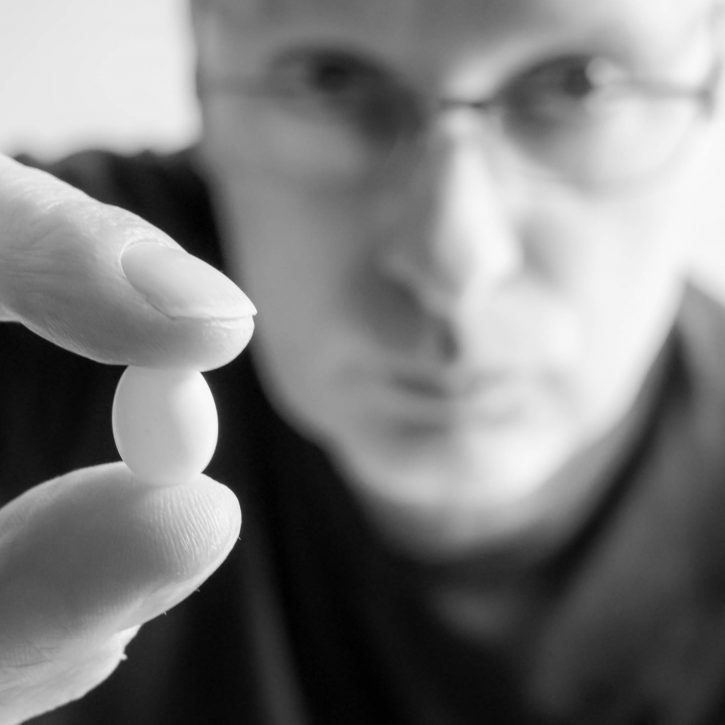Egg
It’s not that long ago that collecting birds’ eggs was not just a scientific endeavour but a widespread hobby. Children would collect them, and no, I don’t mean chocolate ones at Easter. Adults would keep large collections. Some still do and occasionally get caught and their collection sent to museums or destroyed.
It’s illegal to have a wild bird’s egg. Laws prohibiting taking certain wild birds’ eggs have been in existence since 1880. Now it’s illegal to take, possess or control any wild bird’s egg, even one taken historically.
Despite this, the theft and destruction still goes on, with dozens of reports each year:
“A retired solicitor from Devon who amassed a collection of hundreds of eggs over nearly 70 years has been fined almost £5,000 and had his haul confiscated. William Beaton, 73, told Plymouth magistrates he took his first egg – from a blackbird’s nest – on a “fine April evening” when he was five.” – The Guardian
William Beaton was spotted stealing an Arctic Tern egg on Shapinsay in Orkney by an eagle-eyed landowner.
“He was detained by police when he got back to Kirkwall on June 4 where he was found to be in possession of two rock dove eggs. A search of his car found a further eight eggs, including three Great Skua eggs and an extending spoon, used to collect eggs. As well as a fine of £4,200, the eggs and extending spoon were forfeited by the court. The eggs will now go to the Department of Natural Sciences at the National Museum of Scotland.” – The Press and Journal
This is what one of those eggs would have hatched and grown into:
It is epic to spend your life travelling to spend our winter in Antartica and summer in the UK. Arctic Terns see more sunlight than any other creature on Earth. To have your life ended by a collector before it’s even begun is despicable.
How common was egg collecting? Here are some of the world’s museums and the egg collections they have:
- Western Foundation of Vertebrate Zoology, California, USA – 190,000 clutches with >800,000 eggs
- Natural History Museum, UK – 610,000 eggs
- Delaware Museum of Natural History, USA – 520,000 eggs
- National Museum of Natural History, Washington DC, US – 190,000 eggs
- Muséum de Toulouse, Toulouse France – 150,000 eggs
- San Bernardino County Museum, California, USA – 41,000 clutches with 135,000 eggs
- H. L. White Collection, Melbourne, Australia – 4,200 clutches with 13,000 eggs
- Santa Barbara Museum of Natural History (formerly the Museum of Comparative Oology), Santa Barbara, California, US – 11,000 egg sets from 1,300 species
I hope these eggs are useful, given the sheer scale of death involved.
As a child our family friend kept a pet shop. He kept Zebra Finches. This is one of his pet’s eggs. It’s safe and legal for me to keep it in a small plastic box full of cotton wool.

Birds are amazing, aren’t they?